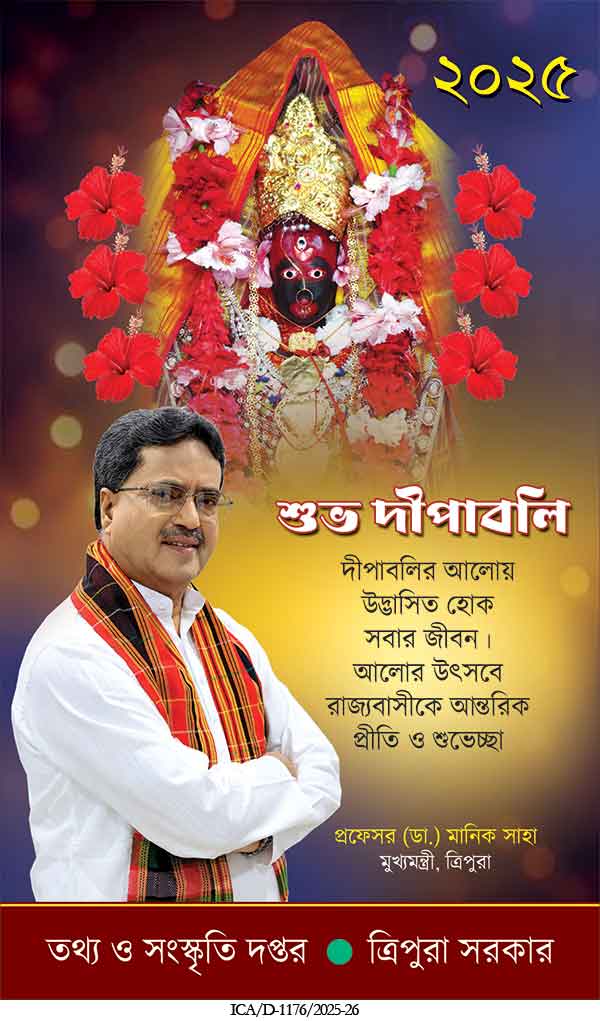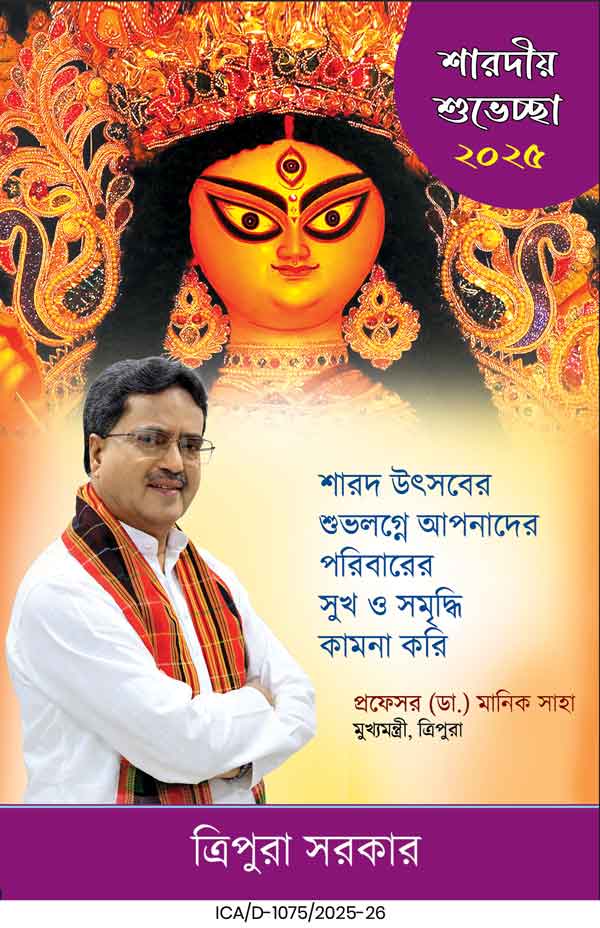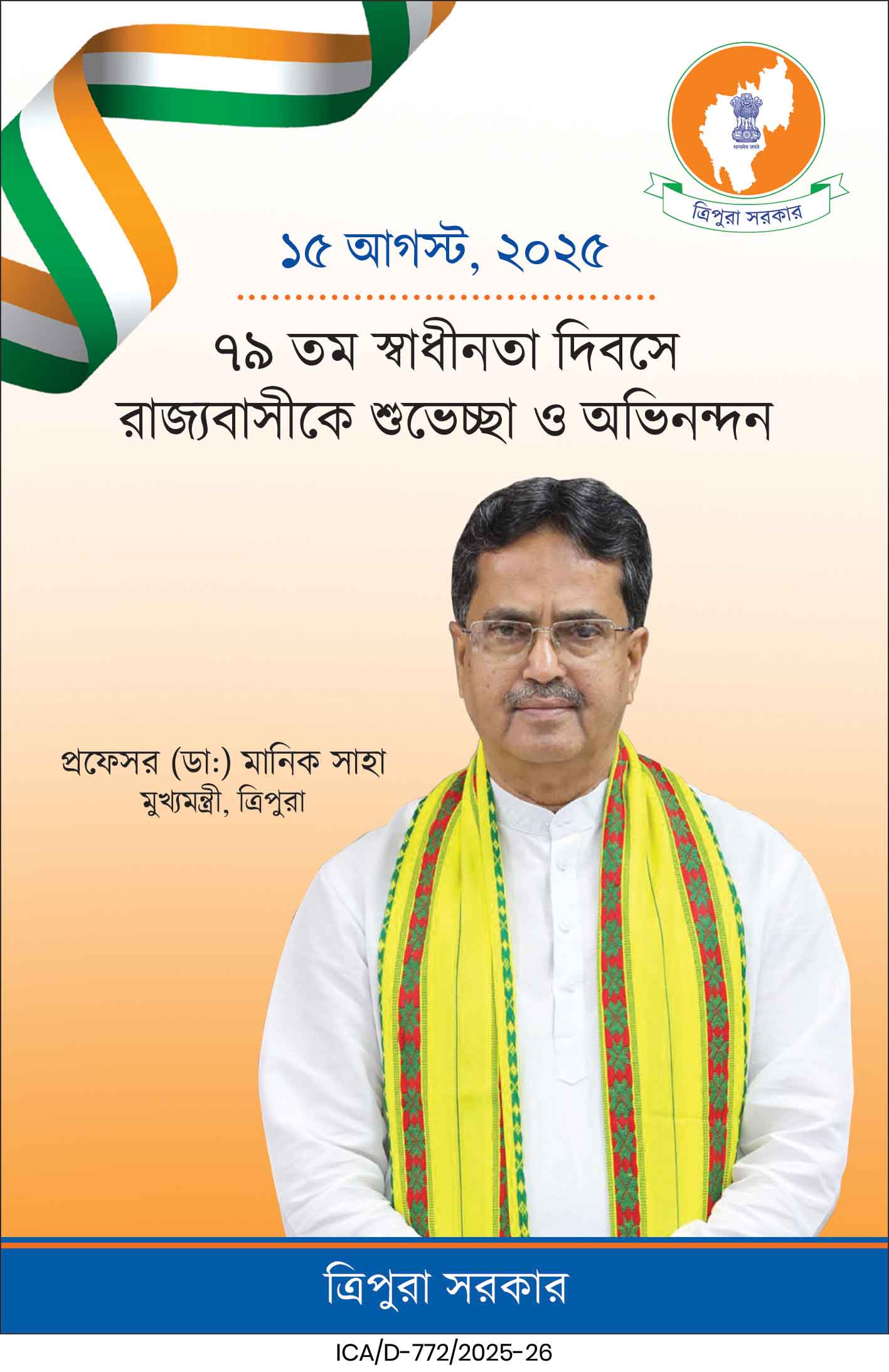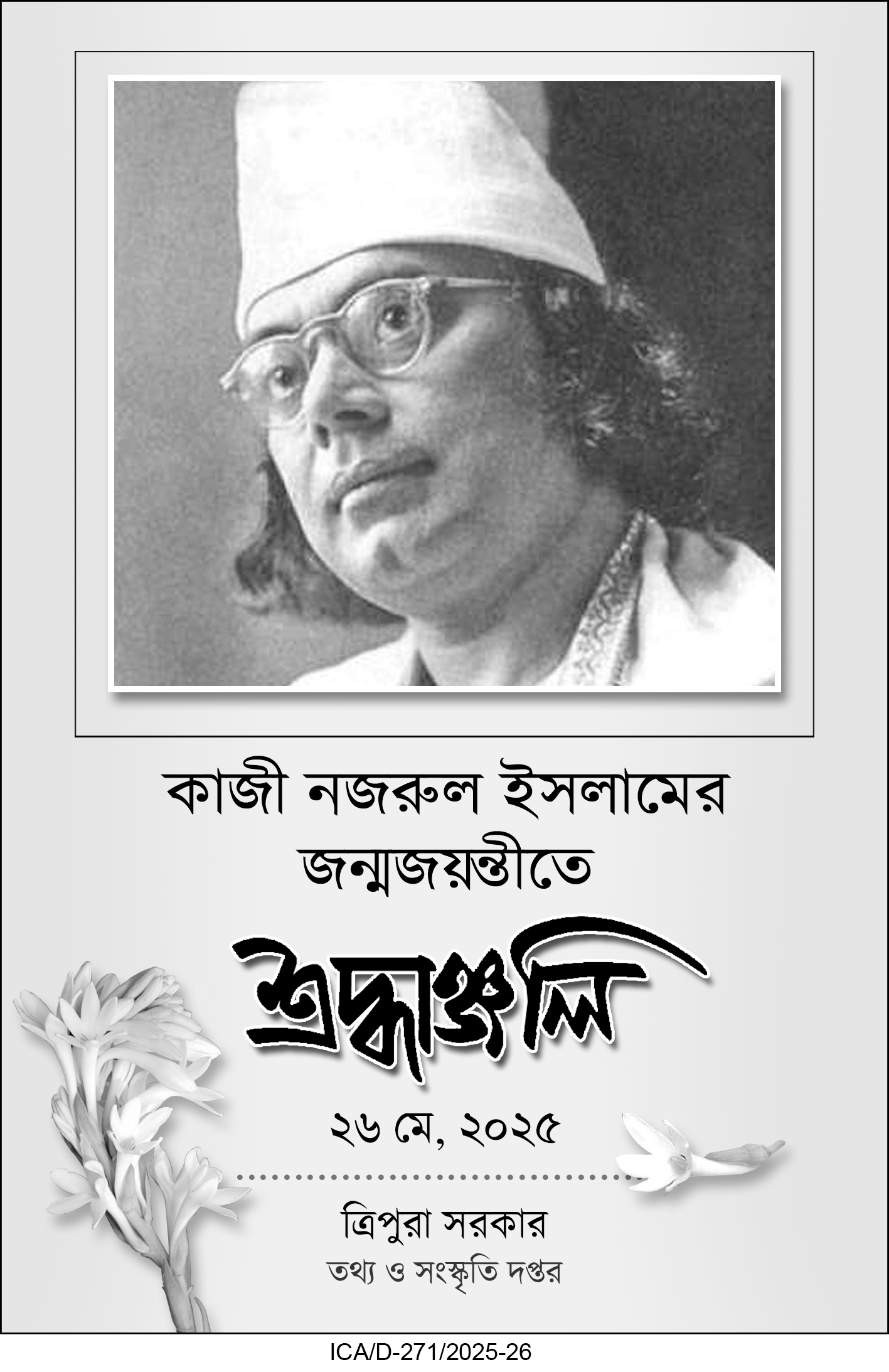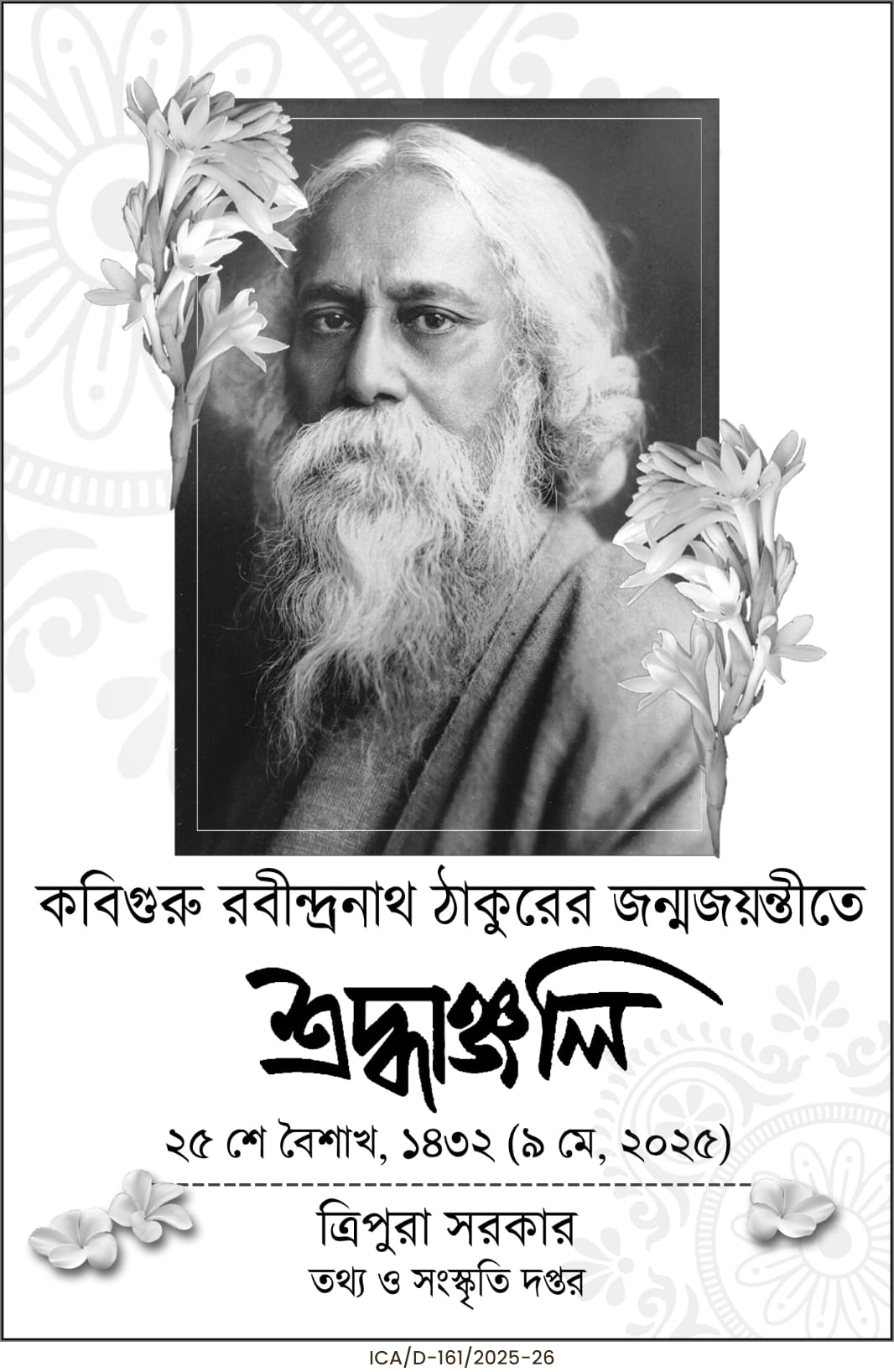 Amid chants, rituals, and a deep sense of devotion, the vibrant Charak Mela began this week at the Gandacherra Mahashmashan (cremation ground), continuing a revered tradition that has been observed in the region for nearly 40 years. The event was inaugurated with the customary Ban-Pat Snan — the ritual bathing of the sacred pole — marking the ceremonial start of the festivities.
Amid chants, rituals, and a deep sense of devotion, the vibrant Charak Mela began this week at the Gandacherra Mahashmashan (cremation ground), continuing a revered tradition that has been observed in the region for nearly 40 years. The event was inaugurated with the customary Ban-Pat Snan — the ritual bathing of the sacred pole — marking the ceremonial start of the festivities.
The mela is being organized under the leadership of Mahant Divyanand Giriji Maharaj, at the ashram founded by the late Swarnanand Sannyasi, a spiritual figure credited with initiating the tradition in Gandacherra. Over the years, the mela has evolved into one of the most significant religious and socio-cultural events in Dhalai district, attracting devotees and visitors from across the region.
What is Charak Puja?
Charak Puja, also known as Neel Puja in some regions, is a centuries-old folk festival observed predominantly in West Bengal, parts of Tripura, and Bangladesh, marking the end of the Bengali calendar year on Chaitra Sankranti. It is dedicated to Lord Shiva, and its rituals symbolize endurance, devotion, and purification.
Traditionally, devotees observe strict fasting, perform physical feats such as walking on fire or piercing their bodies, and participate in processions to honor Shiva. The high point of the festival is the installation of the ‘Ban’ (holy wooden pole), around which the rituals are centered. In many places, symbolic performances and acrobatic displays are conducted as acts of faith and penance.
Mela Activities and Community Involvement
In Gandacherra, preparations began with devotees visiting households to collect offerings — a practice symbolizing community contribution and spiritual unity. These offerings are used for conducting the puja and feeding the attendees. The actual Charak Puja will be held on Chaitra Sankranti night, when the cremation ground transforms into a sacred space filled with prayers, fire torches, and traditional music.
According to Mahant Divyanand Giriji Maharaj, “Charak Mela is not merely a puja — it is a spiritual discipline, a cultural festival, and a way of reconnecting with our roots. It teaches us tolerance, self-sacrifice, and the beauty of community togetherness.” He appealed to devotees to maintain discipline and respect the sanctity of the rituals.
In addition to religious practices, the mela also includes folk games, cultural performances, and rituals believed to ward off evil and bring blessings for the coming year. The cremation ground, often a symbol of solitude and mourning, is, during this time, transformed into a space of celebration and hope.
Local authorities are coordinating with the organizing committee to ensure security, crowd management, and logistical support. Healthcare teams and volunteers are also being deployed for the safety of the devotees.
For many locals, the Charak Mela is an emotional experience — a blend of faith, folklore, and festivity — and a proud symbol of Gandacherra’s cultural heritage.
(With inputs and pics from Ramu Debnath, Gandacherra)

